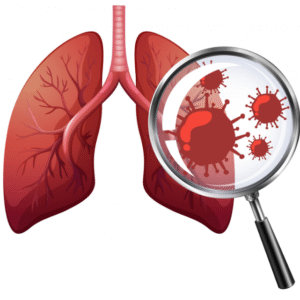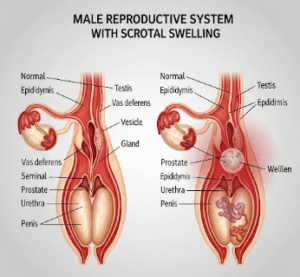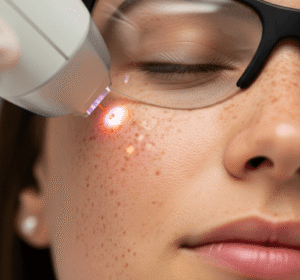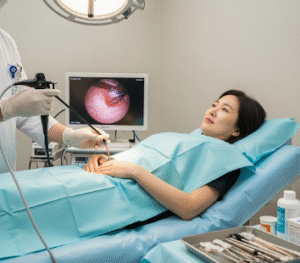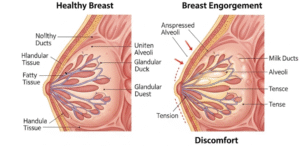Overview
Ulnar Nerve Entrapment is a condition where the ulnar nerve becomes compressed or irritated, usually at the elbow or wrist. This compression disrupts nerve function, causing pain, numbness, tingling, or weakness in the hand and fingers—especially the ring and little fingers. It is one of the most common nerve compression syndromes and can range from mild irritation to significant hand dysfunction if not properly treated.
What is Ulnar Nerve Entrapment
Ulnar Nerve Entrapment is a nerve compression disorder that occurs when the ulnar nerve—one of the main nerves in the arm—is trapped or compressed as it passes through narrow anatomical spaces such as the cubital tunnel at the elbow or Guyon’s canal at the wrist. This nerve controls sensation in the ring and little fingers and helps power many hand muscles. Compression can lead to sensory and motor dysfunction, especially affecting fine hand movements and grip strength.
Symptoms
- Numbness and tingling in the ring and little fingers (especially when the elbow is bent)
- Hand weakness, particularly in the grip and pinch
- Clumsiness or difficulty with finger coordination
- Pain or aching in the inside of the elbow
- Muscle wasting in the hand (in advanced cases)
- Sensation of “electric shock” when tapping over the elbow (Tinel’s sign)
Causes
Ulnar nerve entrapment results from prolonged pressure or irritation of the nerve, most often due to:
- Frequent bending of the elbow (e.g., phone use, sleeping with bent arms)
- Leaning on the elbow for extended periods
- Repetitive elbow motion or injury
- Anatomical abnormalities, such as a narrow cubital tunnel
- Swelling or cysts near the nerve
- Workplace ergonomics, especially in jobs requiring repetitive arm movement
Risk Factors
- Occupations requiring repetitive elbow flexion (e.g., mechanics, assembly line workers)
- Athletes, especially those in throwing sports or weightlifting
- Diabetes mellitus, which increases nerve sensitivity
- Previous fractures or dislocations of the elbow or wrist
- Prolonged leaning on elbows, including while studying or driving
- Arthritis or joint deformities in the elbow
Complications
- Permanent numbness or sensory loss in the fingers
- Hand weakness or atrophy of the intrinsic muscles (claw hand deformity)
- Loss of fine motor control, affecting daily activities
- Chronic pain or burning sensation
- Delayed diagnosis may lead to irreversible nerve damage
- Functional impairment, especially in occupations requiring dexterity
Prevention
Although not all cases can be prevented, several measures can help reduce the risk of developing ulnar nerve entrapment:
- Avoid prolonged elbow flexion and pressure on elbows
- Use ergonomic supports when working at a desk or using a computer
- Take regular breaks from repetitive arm motions
- Maintain good posture, especially while sleeping or driving
- Use elbow pads or cushions in pressure-prone environments
- Strengthen arm and hand muscles with stretching and exercises
Treatment Options in Korea
South Korea offers modern, effective care for Ulnar Nerve Entrapment with both non-surgical and surgical approaches:
- Conservative treatment: Includes activity modification, use of elbow splints (especially at night), anti-inflammatory medications, and physical therapy
- Nerve gliding exercises: To improve nerve mobility and reduce pressure
- Steroid injections: May reduce inflammation around the nerve
- Surgical options: Recommended if symptoms are severe or persistent. Common procedures include:
- Cubital Tunnel Release: Enlarging the tunnel to relieve pressure
- Ulnar Nerve Transposition: Moving the nerve to a less compressed location
- Decompression at Guyon’s canal: If compression is at the wrist
- Postoperative rehabilitation: Focuses on restoring strength and preventing recurrence
With Korea’s advanced orthopedic and neurosurgical care systems, patients often experience successful symptom relief and functional recovery.







